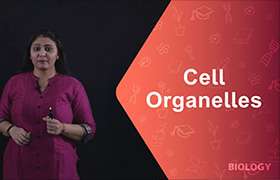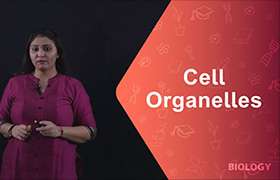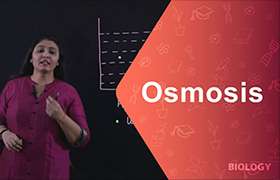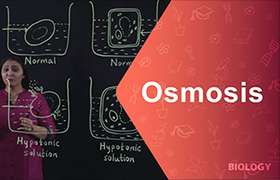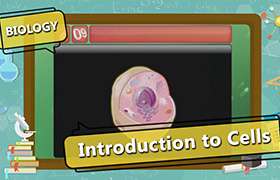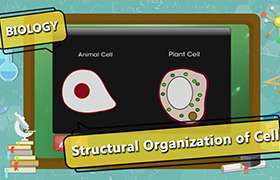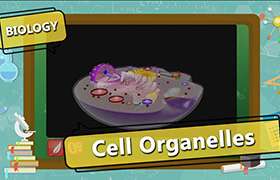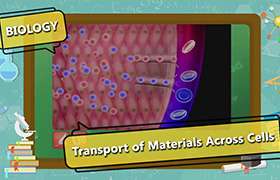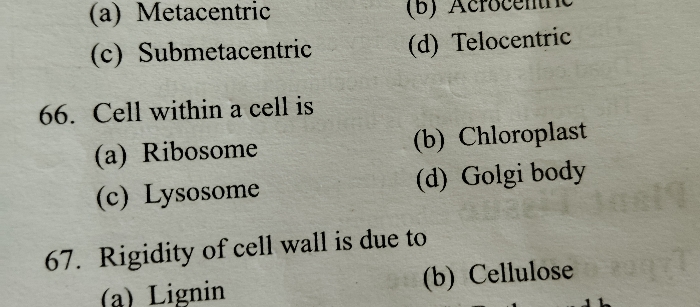CBSE Class 9 Answered
The term erythropoiesis (erythro = RBC, and poiesis = to make) is used to describe the process of RBC formation or production. In humans, erythropoiesis occurs almost exclusively in the red bone marrow. RBC formation takes place in the red bone marrow of the adult and in the liver, spleen, and bone marrow of the fetus. This formation requires ample supplies of such dietary elements as iron, cobalt, copper, amino acids, and certain vitamins.
The kidneys can detect low levels of oxygen in the blood. When this happens, the kidneys respond by releasing a hormone called erythropoietin, which then travels to the red bone marrow to stimulate the marrow to begin RBC production.
Now, once the erythropoietin stimulates the red bone marrow to begin manufacturing RBCs, a series of events occurs. In the bone marrow there are many special stem cells from which RBCs can be formed.
Precursor proerythroblasts produce erythroblasts. Erythroblasts produce normoblast which then gives rise to reticulocytes. After about four days of differentiation and hemoglobin production, the erythroblast sheds its nucleus and becomes a reticulocyte. As these cells mature, they extrude their nucleus as they slowly fill with hemoglobin until they are bright red reticulocytes ready to escape the bone marrow and squeeze into the blood capillaries to begin circulating around the body. After spending two more days in the bone marrow, the reticulocyte enters the circulation where, twenty-four hours later, they complete their maturation and become indistinguishable from other mature RBCs.
The various cell types in erythrocyte development are characterised by
- the gradual appearance of haemoglobin and disappearance of ribonucleic acid (RNA) in the cell
- the progressive degeneration of the cell's nucleus which is eventually extruded from the cell
- the gradual loss of cytoplasmic organelles, for example mitochondria
- a gradual reduction in cell size


